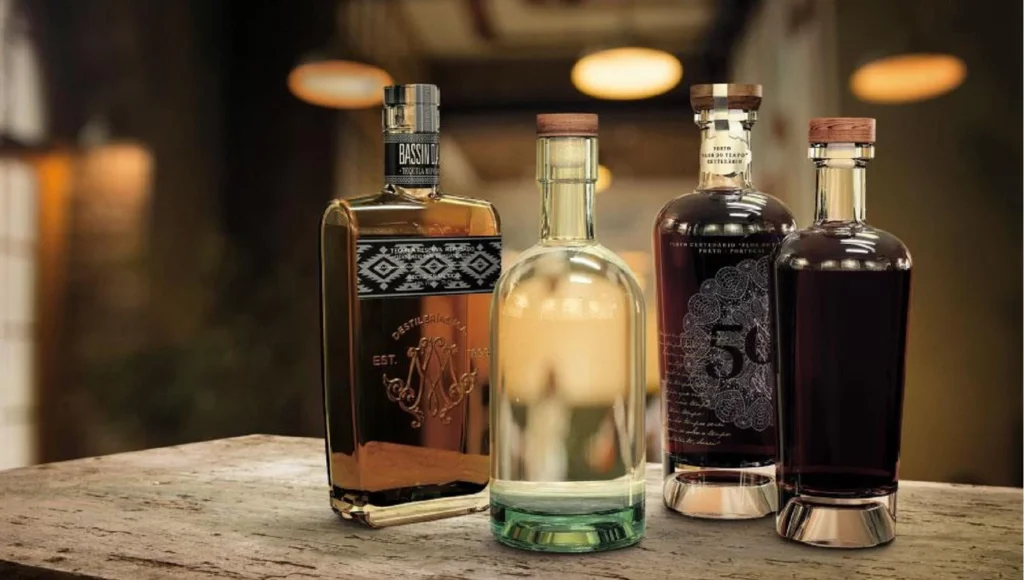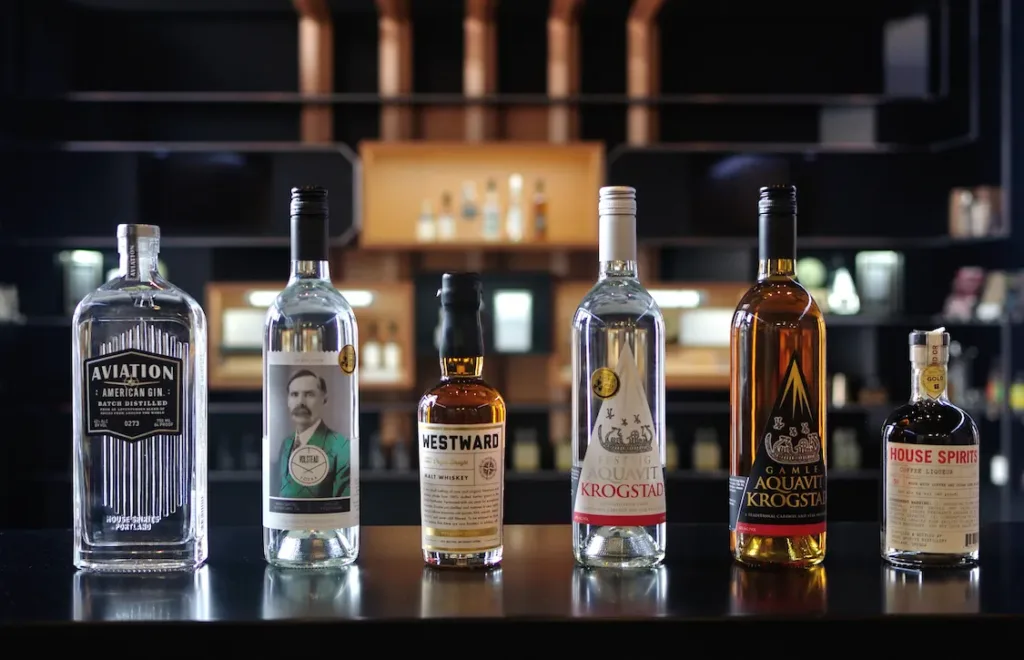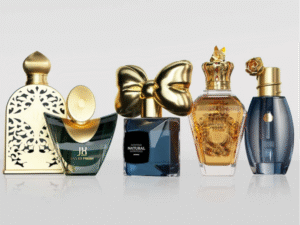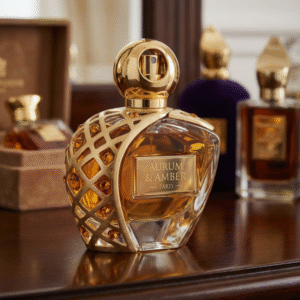When it comes to preserving the quality of beverages, one often-overlooked factor is light exposure. Light, particularly ultraviolet (UV) light, can have detrimental effects on beverages stored in glass bottles, altering their flavor, aroma, and overall quality. This is especially true for delicate beverages such as beer, wine, and spirits, which can undergo chemical changes when exposed to light for extended periods.
Light exposure, especially UV rays, can lead to what is known as the “lightstruck flavor” in beer, causing it to develop off-flavors. In wines and spirits, prolonged light exposure can lead to oxidation, which diminishes the freshness and aroma. The importance of light protection technology for glass bottles cannot be overstated, as it directly impacts the shelf life, taste, and appeal of the product.
In this article, we will explore various light protection technologies and how they help ensure that the quality of beverages in glass bottles remains intact, no matter how long they sit on the shelf or under artificial lighting.

1.The Science Behind Light’s Effect on Glass Bottles and Beverages
How Light Affects Glass Bottles
Light exposure can cause a number of chemical reactions in beverages stored in glass bottles. The most significant of these reactions is the degradation of certain compounds that are sensitive to light. Here’s a breakdown of how different types of light affect beverages:
Ultraviolet (UV) Light: UV light is the most harmful to beverages as it can penetrate the glass and break down the chemical compounds in drinks. UV light, particularly UV-A rays, can react with certain molecules in wine, beer, and spirits, leading to oxidation and spoilage. This causes unpleasant flavors, such as the “skunky” taste often associated with beer.
Visible Light: While not as damaging as UV light, visible light can still cause chemical changes in beverages, particularly in beverages sensitive to light, like wine. Over time, visible light can degrade flavor compounds and cause a loss of aroma and freshness.
Infrared Light: Infrared light, while not directly affecting the beverage, can increase the temperature of the liquid inside the bottle. High temperatures can accelerate the oxidation process, leading to faster spoilage.
Types of Reactions
Oxidation: Exposure to light can accelerate oxidation, leading to off-flavors, particularly in wine and beer.
Lightstruck Flavors: The reaction between UV light and compounds in beer (like hops) produces sulfur compounds that result in the “skunky” aroma.
Key Fact:
UV light exposure can result in up to 30% loss of beer quality within six weeks of storage in a clear glass bottle.

2.Light Protection Technologies for Glass Bottles
As the effects of light on beverage quality become more widely recognized, manufacturers are turning to advanced light protection technologies for glass bottles. These technologies help reduce the negative effects of light, ensuring the beverages inside stay fresh and maintain their intended taste.
UV-Filtering Glass Technology
UV-filtering glass technology is one of the most effective ways to protect beverages from harmful UV rays. This type of glass has built-in filters that block UV light from entering the bottle, which significantly reduces the risk of oxidation and lightstruck flavors.
Benefits:
Prevents Oxidation: By blocking UV light, UV-filtering glass helps preserve the delicate compounds in beverages.
Maintains Flavor and Aroma: Beverages retain their intended taste and smell for a longer period.
Longer Shelf Life: With reduced exposure to harmful light, products can be stored for longer periods without quality degradation.
Popular Brands Using UV-Filtering Glass:
Corona: Famous for using UV-protective glass to prevent beer from getting “skunky.”
Jameson Whiskey: Uses UV-protective glass for their bottles to keep the whiskey’s flavor intact.
Dark Glass Bottles: A Traditional Solution
Dark glass bottles, such as amber, green, and blue, have been used for centuries as a natural barrier against UV light. These types of glass effectively filter out harmful UV rays, offering a practical solution for light protection.
Pros:
Cost-Effective: Dark glass is widely available and relatively inexpensive.
Effective UV Protection: Amber and green bottles are particularly effective at filtering out UV rays.
Cons:
Limited Aesthetic Appeal: Dark bottles may not appeal to all brands, especially those in industries where visual appeal is important (e.g., premium spirits or wines).
Less Control Over Protection: Unlike UV-filtering glass technology, which can be precisely engineered, dark glass relies on inherent tinting, which may not block all wavelengths of light.
Coatings and Laminates for Extra Protection
Some beverage manufacturers use specialized coatings or laminates applied to glass bottles for added protection. These coatings provide an additional layer of defense against light exposure, further enhancing the shelf life and taste integrity of the beverage inside.
Types of Coatings:
UV-Blocking Coatings: Special coatings that filter out UV light, offering the same benefits as UV-filtering glass.
Reflective Coatings: Some coatings work by reflecting light away from the bottle, reducing the amount of light exposure overall.
Example:
Carlsberg has used reflective coatings on their beer bottles to help reduce the negative effects of light without compromising the visual appeal of the bottle.

3.How to Choose the Right Light Protection for Your Beverage Brand
When selecting light protection technology for glass bottles, there are several factors to consider. Here are some key points to help beverage manufacturers make the right choice:
Type of Beverage: Different beverages have varying levels of sensitivity to light. For example:
Beer, especially pale ales and lagers, is highly sensitive to light and benefits from dark glass or UV-filtering glass.
Wines and spirits may benefit from UV-blocking coatings or tinted glass to preserve flavor and aroma.
Brand Image: The packaging design is crucial to the brand’s identity. Some brands may prefer clear glass bottles to showcase their product’s color and texture, but they may need to incorporate a UV-filtering glass or special coatings to ensure quality is maintained.
Shelf Life: Beverages with longer shelf lives, like spirits or wine, require more robust light protection technologies. UV-filtering glass or coatings can help preserve the product for extended periods.
4.Innovations in Light Protection Technology for the Future
As the beverage industry continues to evolve, so too do the technologies designed to protect against the harmful effects of light. The future of light protection for glass bottles is promising, with several emerging innovations:
Smart Packaging: Future glass bottles could feature smart technology that alerts consumers or manufacturers when a bottle has been exposed to excessive light.
Eco-Friendly Coatings: With sustainability becoming increasingly important, there is growing interest in eco-friendly UV-blocking coatings made from natural materials.
Advanced Glass Treatments: New advancements in glass manufacturing could lead to even more effective light protection without compromising aesthetics or product clarity.
Conclusion
Light protection technology for glass bottles plays a vital role in ensuring that the quality of beverages remains uncompromised throughout their lifecycle. Whether using UV-filtering glass, dark glass bottles, or specialized coatings, beverage manufacturers must prioritize light protection to maintain flavor, aroma, and freshness.
By understanding the science behind light’s effects on beverages and selecting the right technology, beverage brands can improve their product’s shelf life and appeal to consumers, ultimately driving better sales and customer satisfaction.



